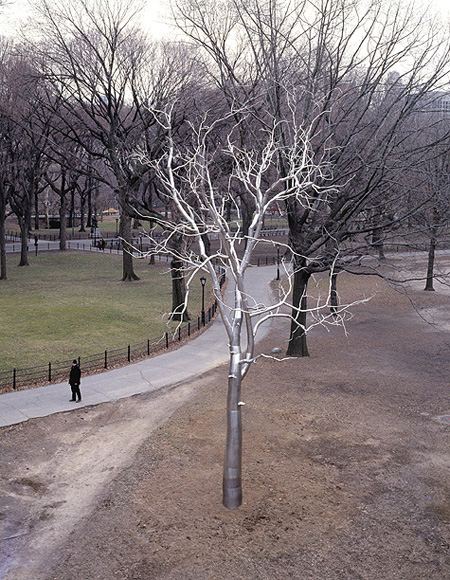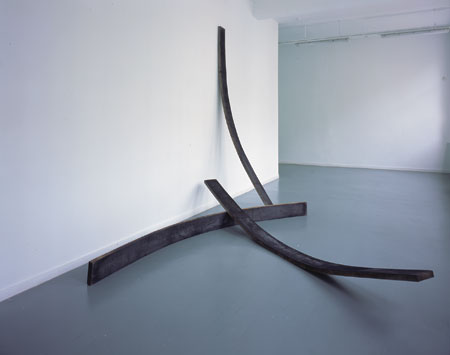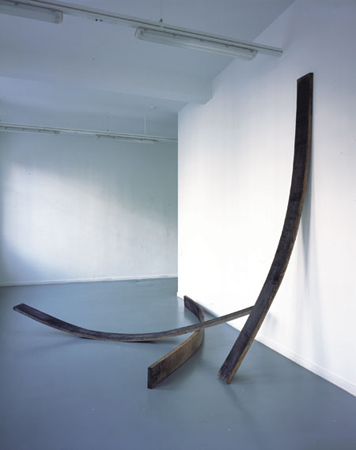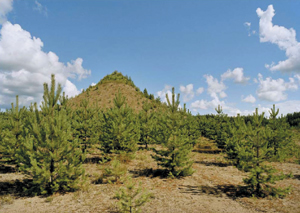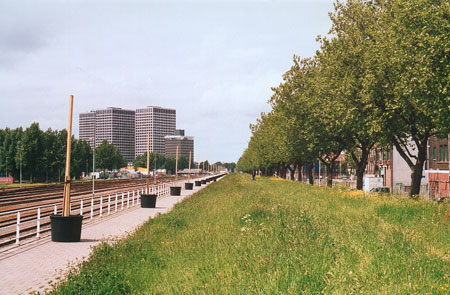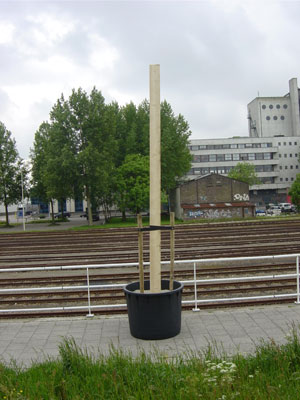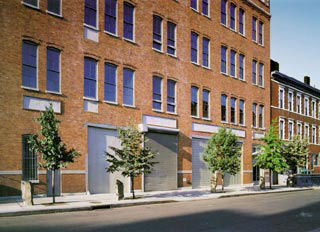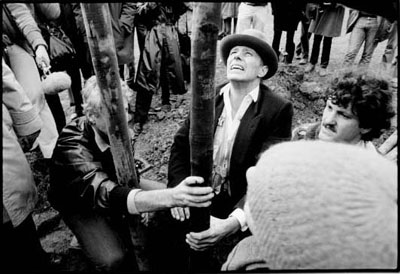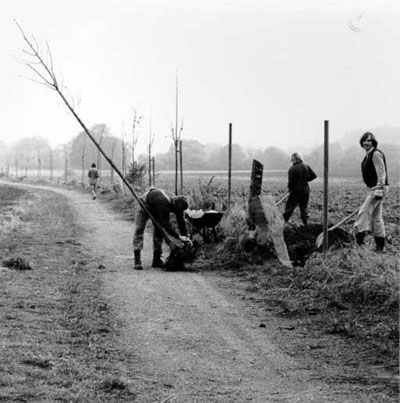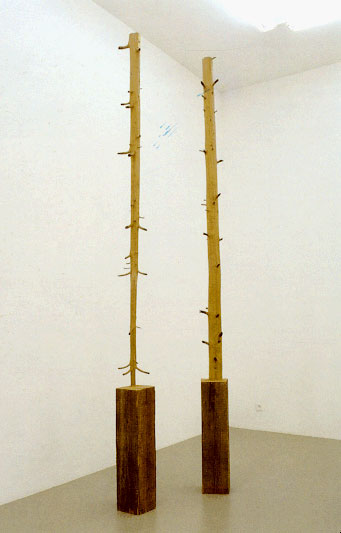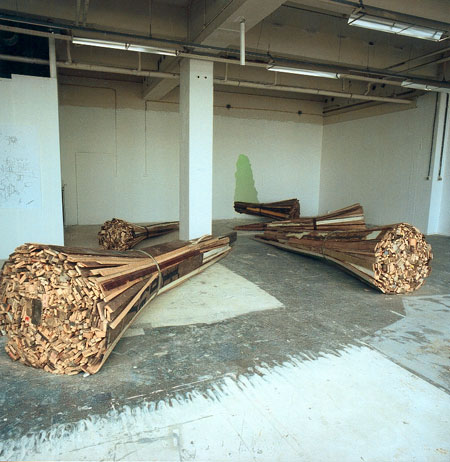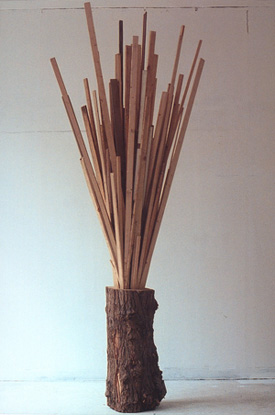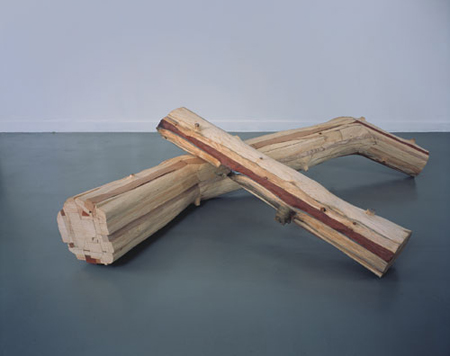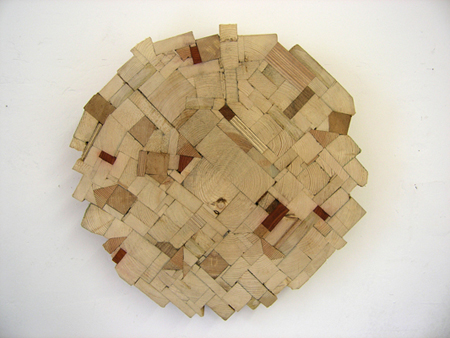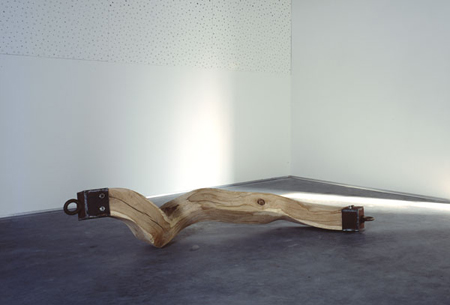Maarten Vanden Eynde
Taxonomic Trophies, 2005/2006
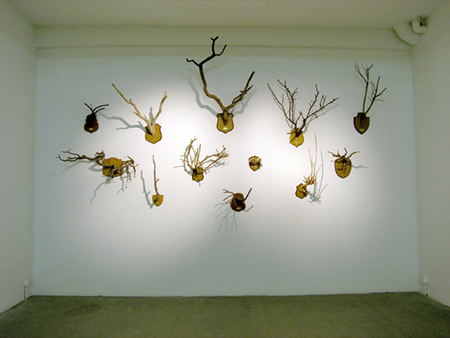
In hunting, trophies can be awarded as part of a competition, although a class of trophies specific to hunting also exists. These trophies are obtained from the bodies of game animals. Often the heads or entire bodies are processed by a taxidermist, although sometimes other body parts such as teeth or horns are used as trophies. Hunting for the singular purpose of obtaining trophies is often considered improper today. Such trophies have also been produced from humans in cultures that accept cannibalism or when two societies clash in war.
Commencing in the 1970s and 1980s in the United Kingdom, USA and some other western countries, a pejorative association began to be assumed regarding the process of hunting for trophies. By the year 2000 there is widespread consensus in animal welfare organizations and in segments of the population as a whole that trophy hunting is to be discouraged. Many of the 189 countries signtory to the 1992 Rio Accord have developed Biodiversity Action Plans that discourage the hunting of protected species.
A Biodiversity Action Plan (BAP) is an internationally recognized programme addressing threatened species and habitats, which is designed to protect and restore biological systems. The original impetus for these plans derives from the 1992 Convention on Biological Diversity (CBD). As of 2006, 188 countries have ratified the CBD, but only a fraction of these have developed substantive BAP documents.
The principal elements of a BAP include:
1. preparing inventories of biological information for selected species or habitats;
2. assessing the conservation status of species within specified ecosystems;
3. creation of targets for conservation and restoration.
Maarten Vanden Eynde
Taxonomic Trophies; Death Valley, USA 2006
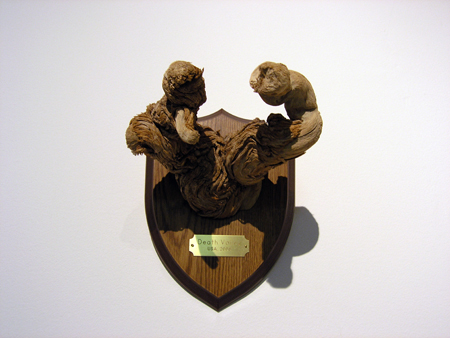
Definitions:
Taxonomic species = Taxonomic species are morphologically and otherwise classified groups of organisms that taxonomists determine to belong to a specific group (Gaston 1996). This is a more traditional definition of “species”.
Trophic species = Trophic species are functional groups that contain organisms that appear to eat and be eaten by the exact same species within a food web (Cohen and Briand 1984). In other words, one or more species that eat entirely the same set of prey and are eaten by an entirely identical set of predators are considered one single trophic species.
A trophic species and a taxonomic species are identical when the trophic species contains only one taxon.
Taxonomy (from Greek verb τασσεῖν or tassein = “to classify” and νόμος or nomos = law, science, cf “economy”) was once only the science of classifying living organisms (alpha taxonomy), but later the word was applied in a wider sense, and may also refer to either a classification of things, or the principles underlying the classification. Almost anything, animate objects, inanimate objects, places, and events, may be classified according to some taxonomic scheme.
